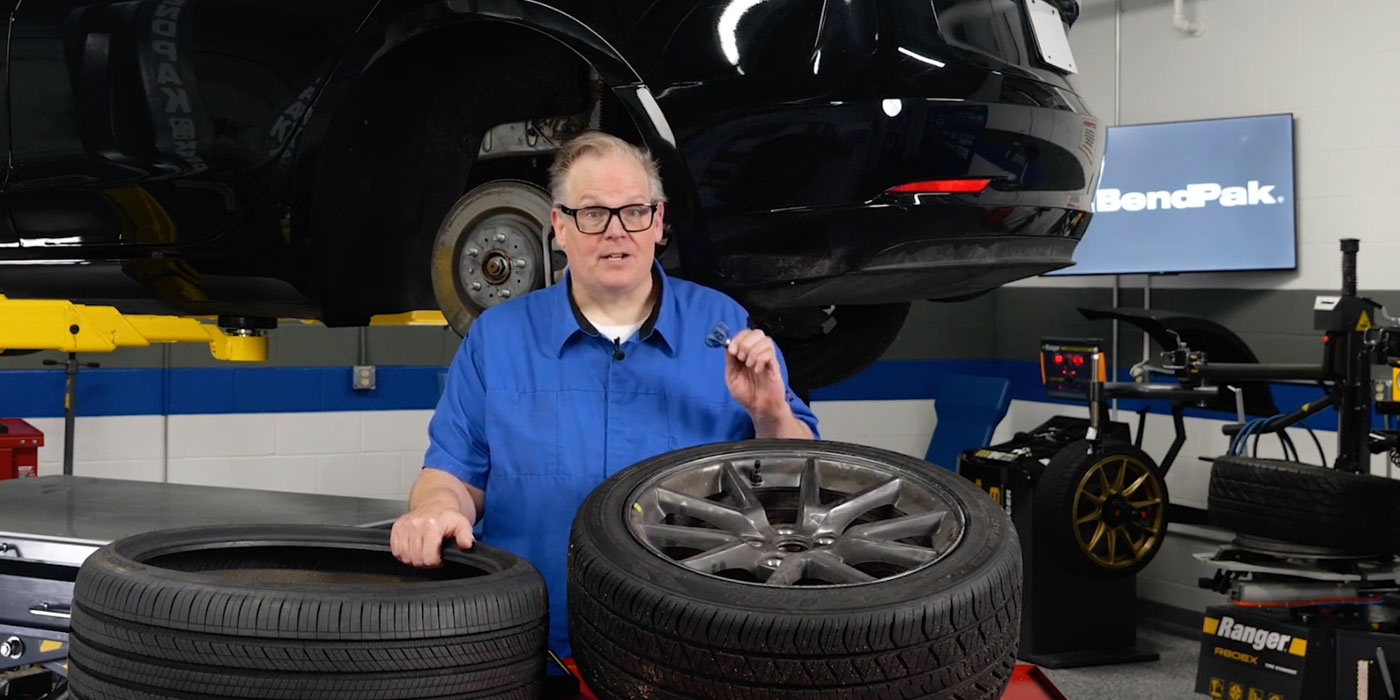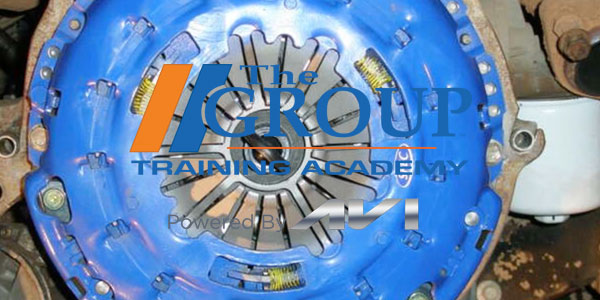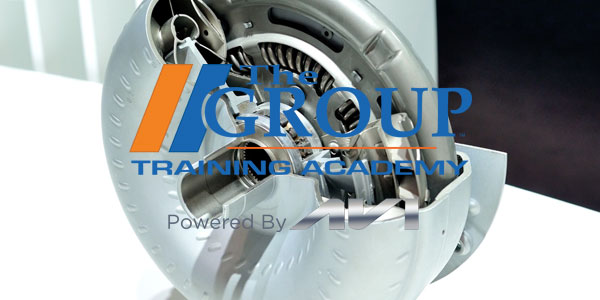GDI stands for gasoline direction injection, a fuel-delivery technology that improves combustion by spraying fuel directly into the cylinders where it can mix with air.
GDI first appeared in the U.S. market on a limited basis in the 2007 model year, and it’s been growing fast. According to data compiled by the Environmental Protection Agency, GDI engines were installed in 57 percent of model-year 2020 vehicles, up from a mere 2.3 percent in 2008.
So why would the EPA be interested in GDI technology? Well, the simple answer is that GDI allows for better control of the combustion process, which improves fuel economy and engine performance and lowers emissions.
This video is sponsored by The Pronto Network.













